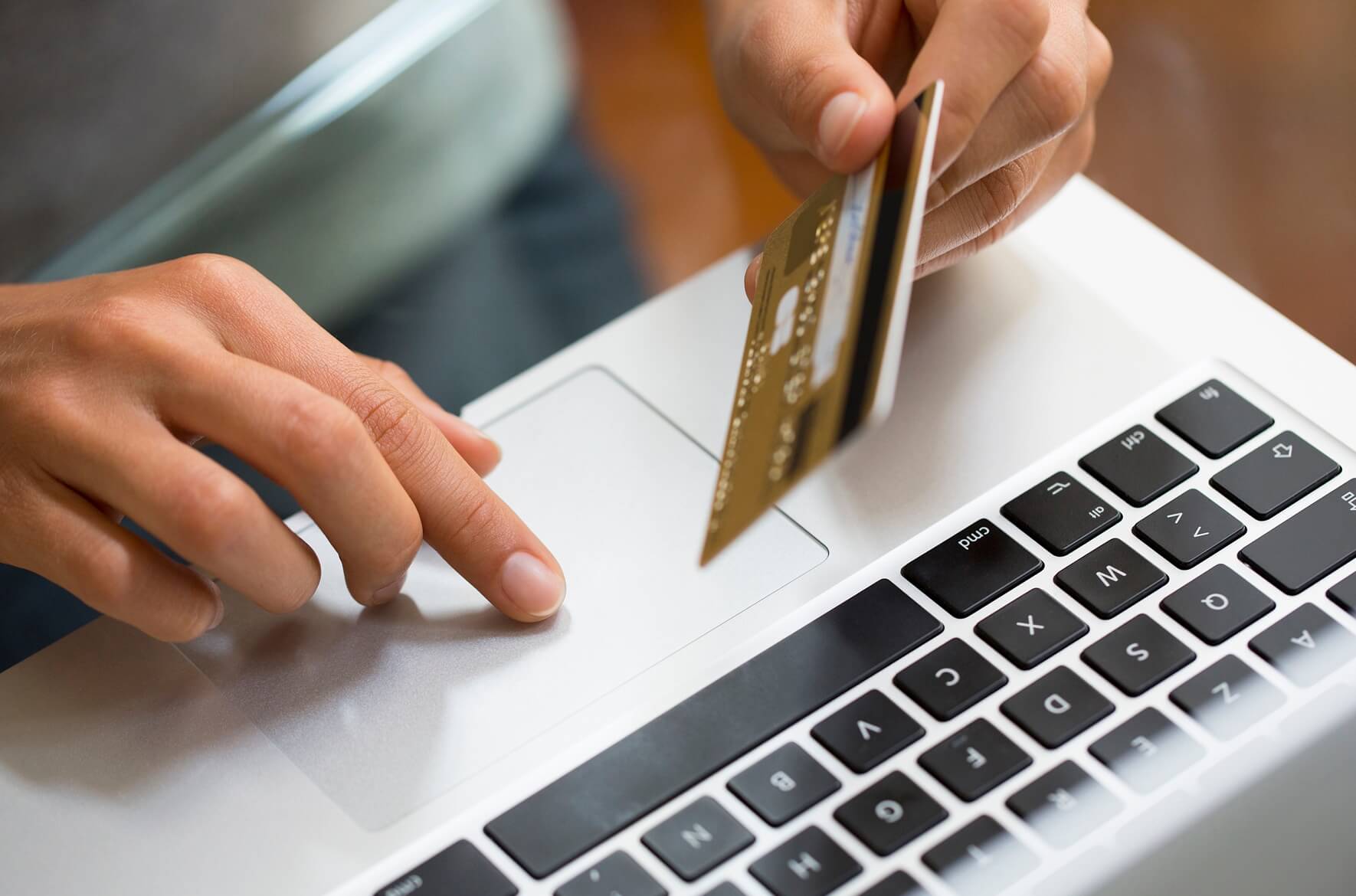McKinsey & Company research shows consumers are steadily moving toward digital healthcare experiences. They are using new technologies developed for healthcare companies to both improve patient satisfaction with their payment systems and reduce dissatisfaction with healthcare as a whole.
Getting from here to there: Creating the optimal financial experience
Digital payments may offer the greatest challenge — and revenue-enhancing opportunity — for providers and revenue cycle management companies. A study by Black Book Marketing Research found 88% of provider financial administrators expect healthcare payments will be made on smartphones and mobile devices by 2018. Today, however, the majority of healthcare organizations can’t accept online payments.
The technology, security, regulatory and compliance requirements necessary to accept credit and debit card and/or ACH payments online are extraordinarily complex. And yet, it’s a level of service consumers expect for a positive financial experience.
Healthcare consumers also want to view a digital version of their statements and related communications when making an online payment.
Several of our revenue cycle management partners meet those expectations by offering online payment technology powered by our ExpressoPay solution. Using a provider-branded portal, patients can make payments using self-service PCI Level ONE certified payment channels via mobile devices or the web. Providers can also enable recurring or payment plan options for patients, if desired. And Nordis clients that already use Expresso for statement production and delivery can leverage its interface with ExpressoPay for online bill presentment in conjunction with payments.
Reaching for your digital wallet
To make online payments faster and easier, healthcare consumers create digital wallets to securely store payment information, preferences, and billing reminders, just as they do at online retailers, event ticket vendors, airlines and others. Instamed’s 2016 Trends in Healthcare Payments found patient payments from mobile devices grew to 18%, further evidence of the need to provide phone- and tablet-friendly payment options.
In addition to added value and convenience for consumers, digital transactions can have a significant impact on revenue for providers and revenue cycle management companies. Cost savings are gained through fewer mailings and reduced customer service expense. Digital options help in collecting the maximum amount of patient financial responsibility and do so more quickly, without the delay of mailed payments or the expense of traditional lock-box processing.
Giving patients the ability to receive communications, view statements online and manage digital payments can drive patient engagement and contribute to a more satisfying financial experience. Some consumers will prefer mailed letters and to pay by check, or to call and use IVR or talk to a customer service rep. But digital options are no longer a “nice to have,” especially when those options contribute a positive patient experience and a healthier bottom line.
What’s been your experience with digital consumer services? Drop me an email at: sales@nordistechnologies.com.
About the Author
Rich leads Nordis Technologies’ sales and client relations teams and is responsible for revenue growth and client retention. He’s been integral to the company’s fast growth, doubling sales since 2010, and playing a key role in developing new products including ExpressoPay, ExpressoVote and ExpressoArchive. An expert in communications management, financial engagement, production execution and cost optimization, Rich uses his experience to assist customers dramatically improve their communications and payments operations and achieve key objectives. He is a member of the Healthcare Financial Management Association.
